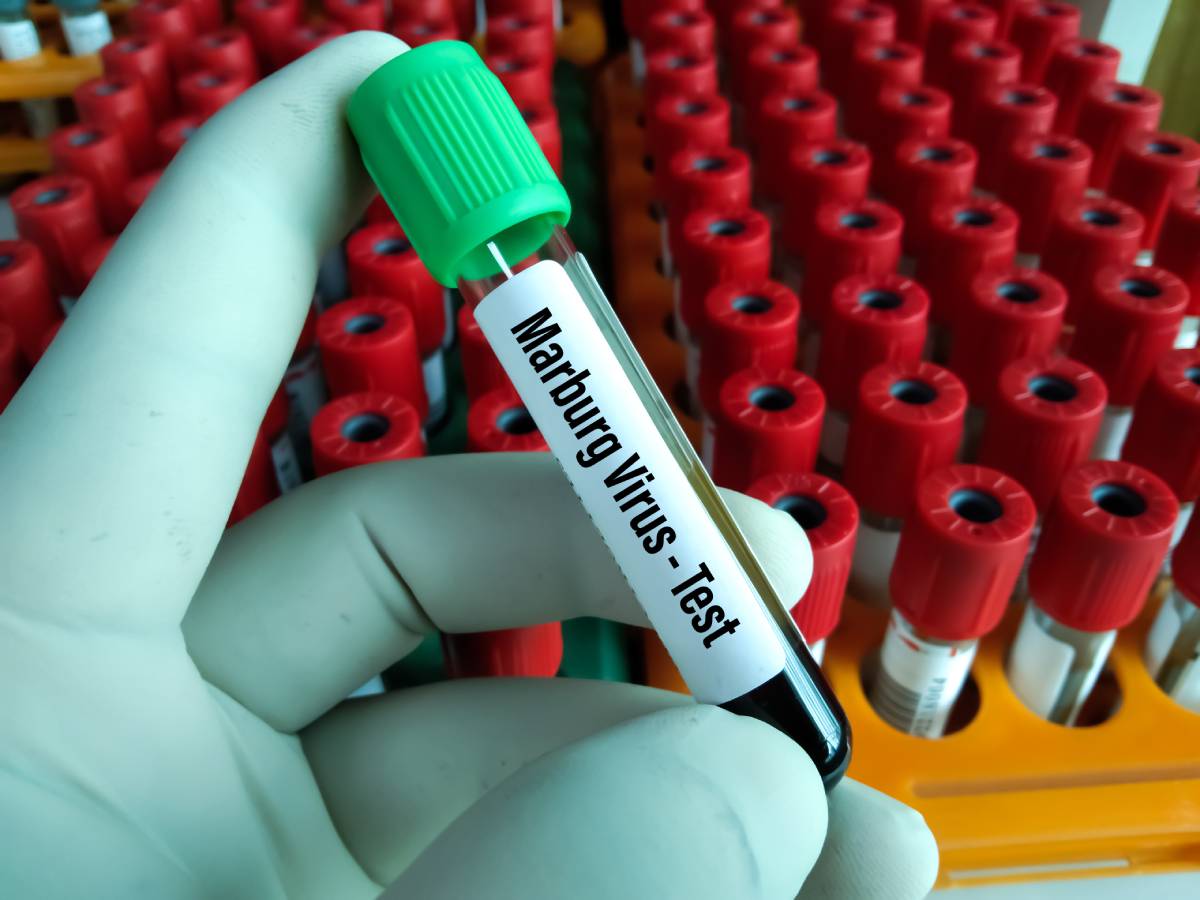Marburg Virus: What to Know

Recently identified as belonging to the filovirus genus, the Marburg virus (MARV) is another aggressive infectious agent with similar epidemiology to the Ebola virus (EBOV). There have been sporadic cases of MARV in Africa over the last decade, but the most recent cases occurred in Ghana this summer. Although this was Ghana’s first time encountering cases of Marburg virus, the quick response of medical practitioners at the clinic in the Ashanti region where the first case was identified was a key step in interrupting the spread of MARV throughout the region.2
Ghana’s supposed patient zero was a 26-year-old male who eventually succumbed to the disease 3 days after his symptoms started on June 24, 2022. His symptoms included fever, malaise, epistaxis, bleeding from the mouth, and subconjunctival hemorrhage. On June 28, 2022, a 51-year-old male reported to the hospital with the same symptoms; he died the same day. Blood samples from both victims were tested using reverse transcriptase-polymerase chain reaction (RT-PCR) at the Noguchi Memorial Institute for Medical Research (NMIMR). NMIMR confirmed MARV as the cause of death. Further investigation by the Pasteur Institute in Senegal verified the results. According to the investigation conducted, animal contact played no role in these two cases. The evidence supports human to human transmission; the primary route is direct exposure to the blood or bodily fluids of an infected person. Contact tracing was used to identify 90 individuals who were exposed; they were quarantined and monitored.1 In total, 198 people were tested for MARV and all presented with negative results.3 Dr. Kasalo, W.H.O. representative to Ghana, credits the success of quelling this outbreak to “early alert and response, strong surveillance, community involvement and participation, and coordinated efforts”.2 W.H.O. declared an end of the Marburg virus outbreak September 16, 2022. 2
Historically, MARV outbreaks on the continent have been moderate, regularly reporting less than 400 cases per incident. In 1980, Kenya reported 2 cases of MARV with fever and malaise. Seven years later, one additional case was reported in Kenya. From 1998-2000, the Democratic Republic of Congo dealt with 154 cases, but the worst outbreak happened in Angola between 2004-2005. A total of 374 cases were reported in this outbreak. Finally, Uganda had the most recent MARV cases and these periodically emerged from 2007-2017. No more than 15 cases were reported per outbreak in Uganda.1
The CDC states that preventative measures against Marburg virus are poorly defined since no vaccine or antiviral drugs exist. Avoiding fruit bats, the natural host of the virus is recommended to prevent zootrophic transmission and early identification and isolation of a human host also prevents transmission. People at highest risk for contracting MARV are veterinarians working with non-human primates, laboratory workers handling the virus and travelers visiting regions of Africa endemic to fruit bats. To prevent infection in such settings, wearing personal protective clothing like gloves, masks, and gowns is recommended. Avoiding fecal matter from the host bats and infected humans is necessary, especially in the clinical setting. Rapid testing is recommended by the CDC to control the spread. 4
References
1. Jack Wellington, Ayça Nur, Aderinto Nicholas, Olivier Uwishema, Hassan Chaito, Olutola Awosiku, Yusuf Jaafer Al Tarawneh, Jana Abdul Nasser Sharafeddine, Chinyere Vivian Patrick Onyeaka, Helen Onyeaka, “Marburg virus outbreak in Ghana: An impending crisis,” Annals of Medicine and Surgery, Volume 81, 2022,104377,ISSN 2049-0801
2. Sayibu Ibrahim Suhuyini “Beating Marburg virus outbreak: Ghana’s journey to victory” https://www.afro.who.int/countries/ghana/news/beating-marburg-virus-outbreak-ghanas-journey-victory
3. Mensah, Kent “Ghana Marburg Outbreak Declared Over” https://www.voanews.com/a/ghana-marburg-outbreak-declared-over-/6750533.html
4. Center for Disease Control and Prevention “Marburg” https://www.cdc.gov/vhf/marburg/index.html
